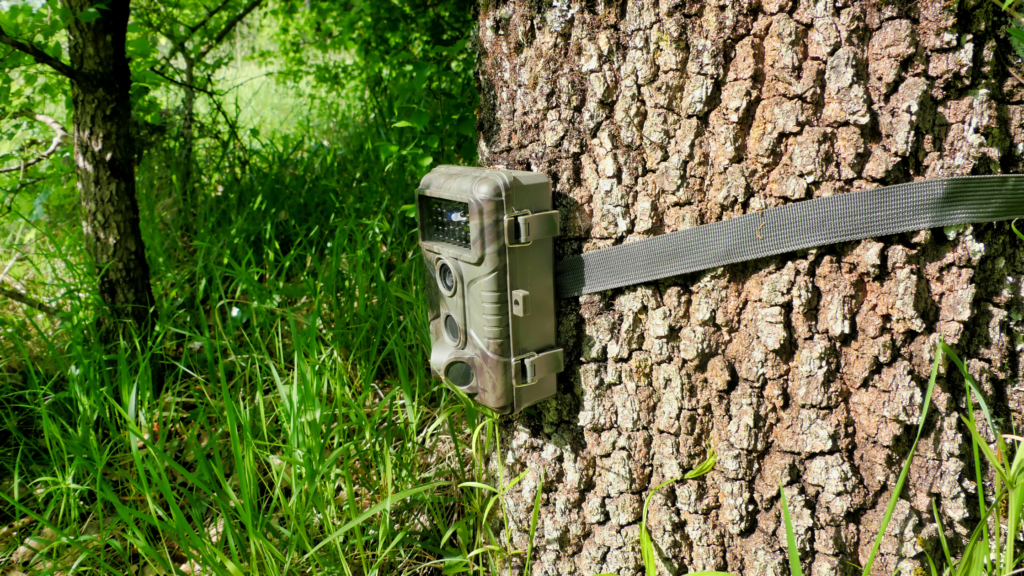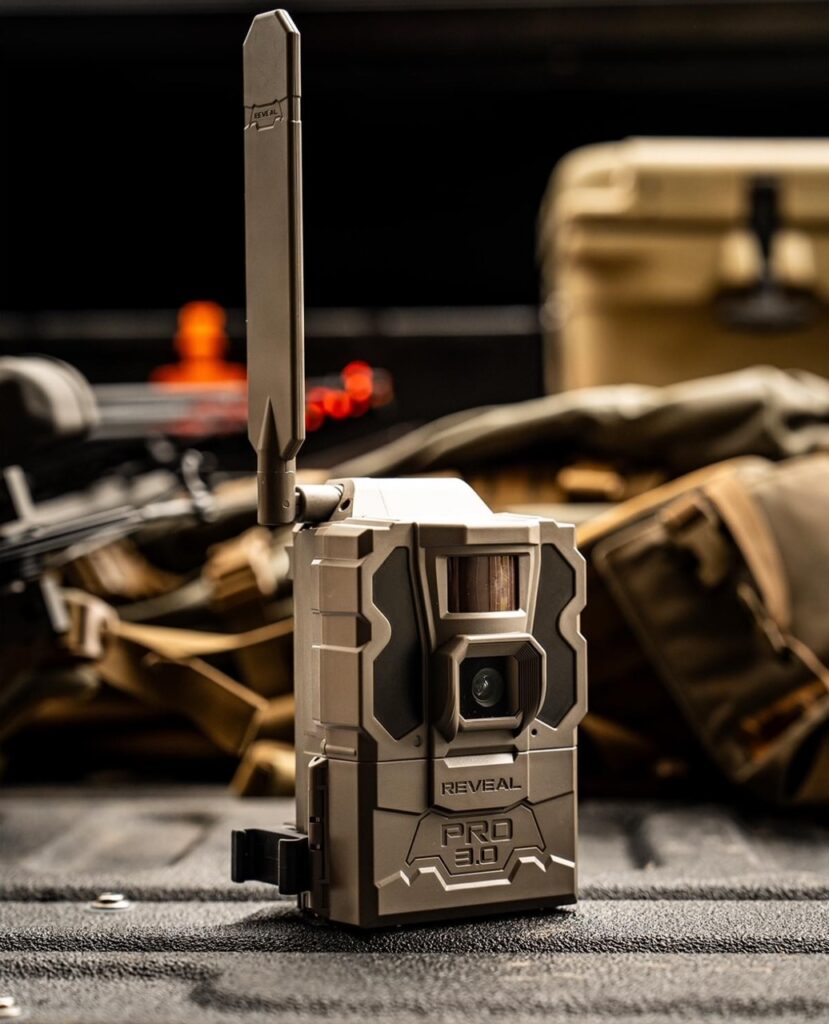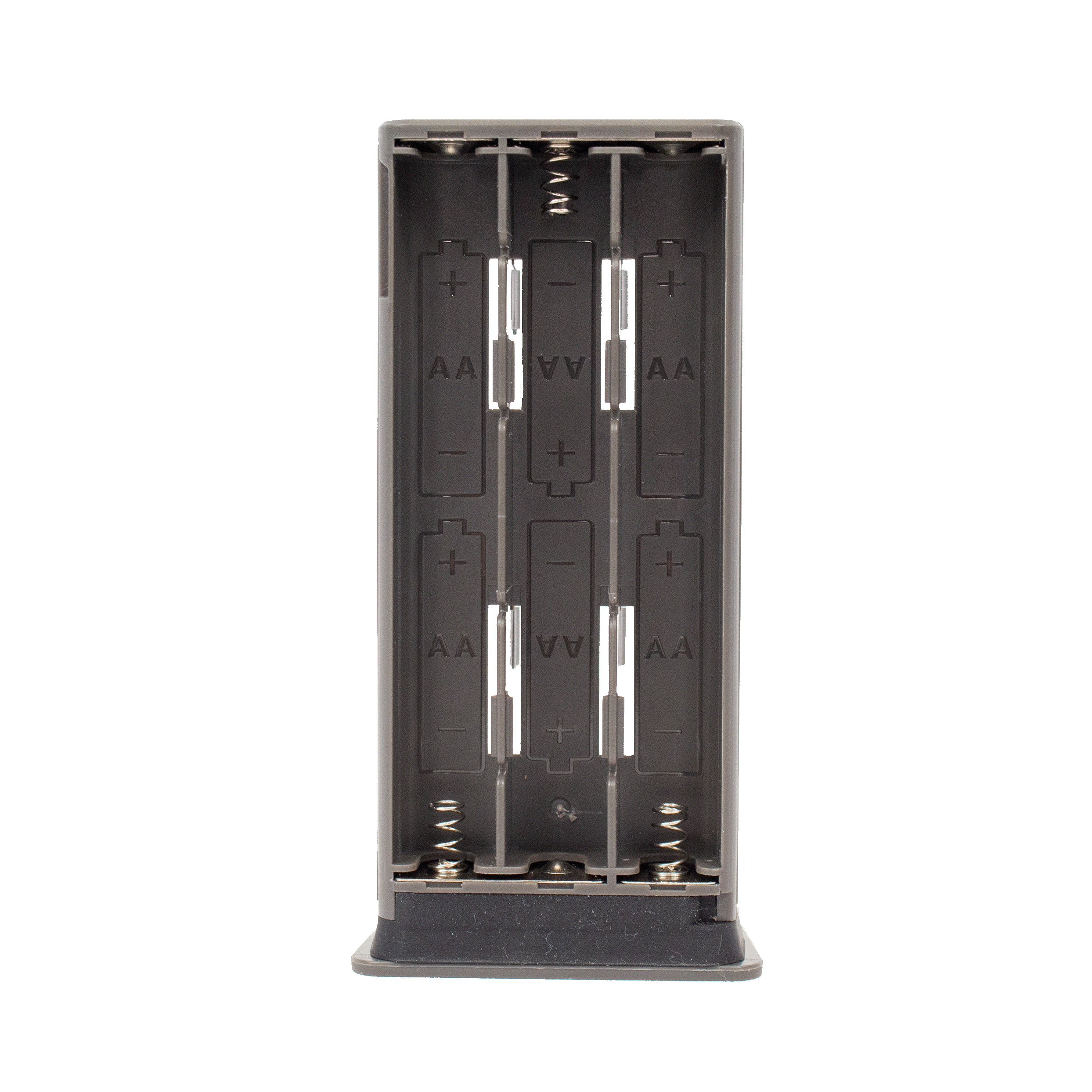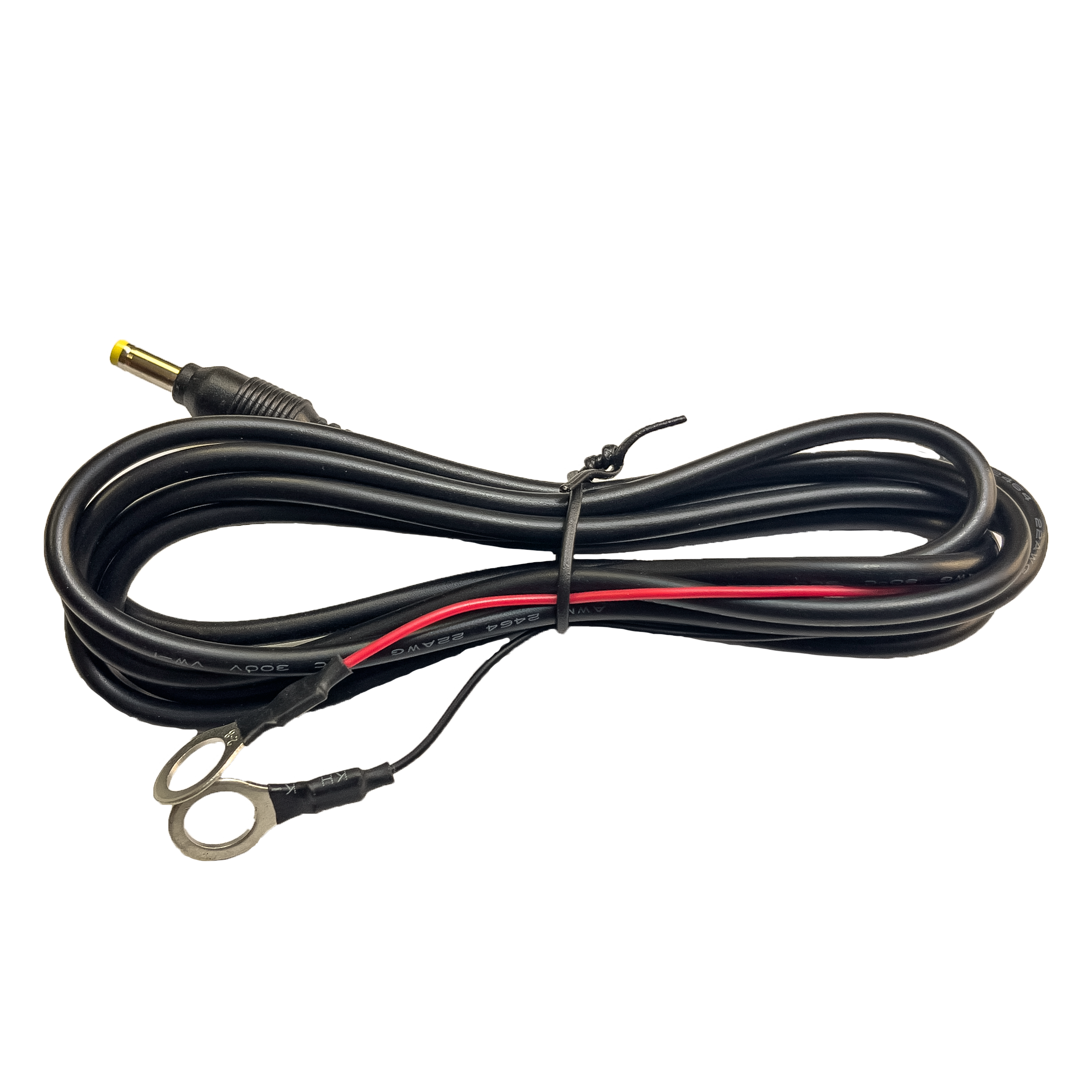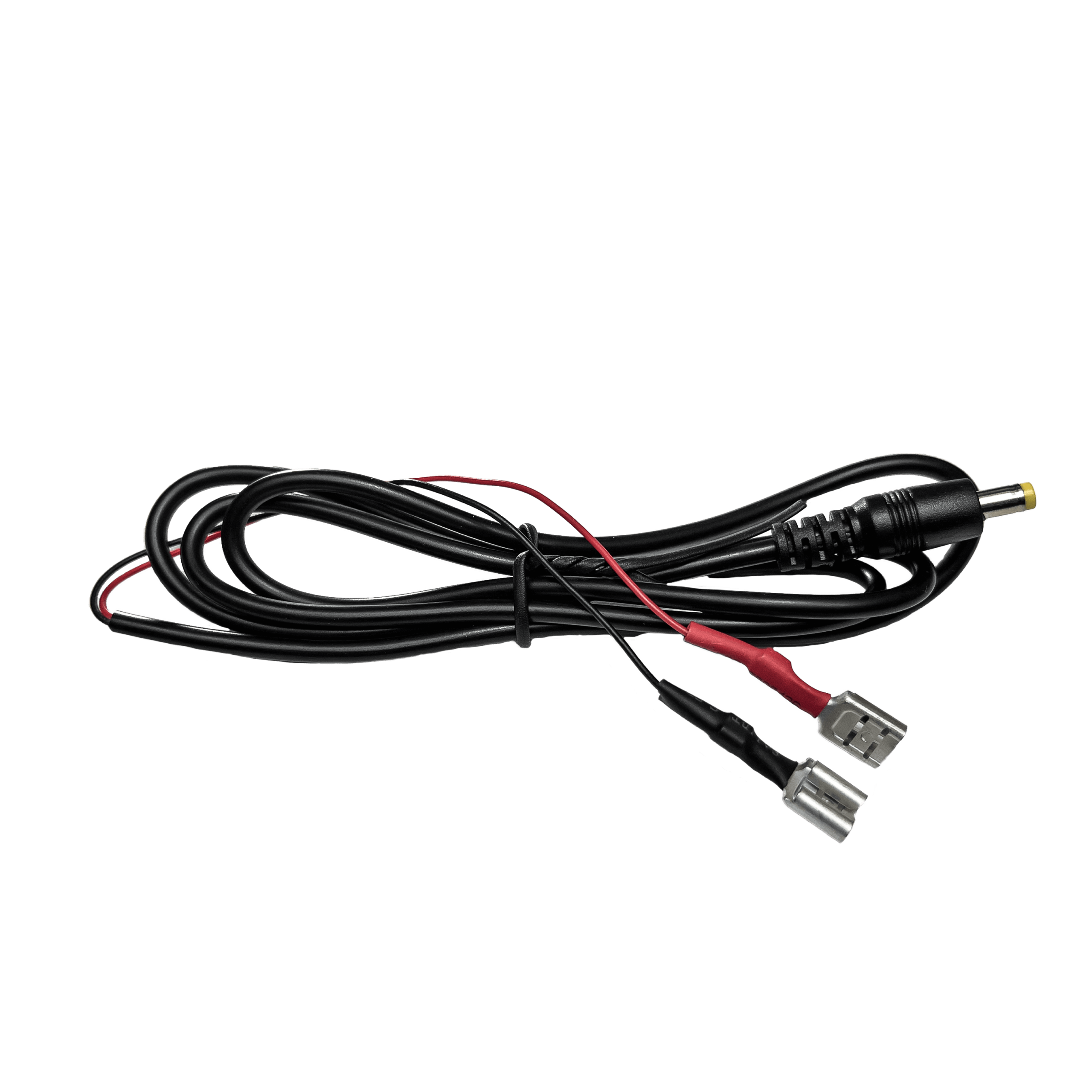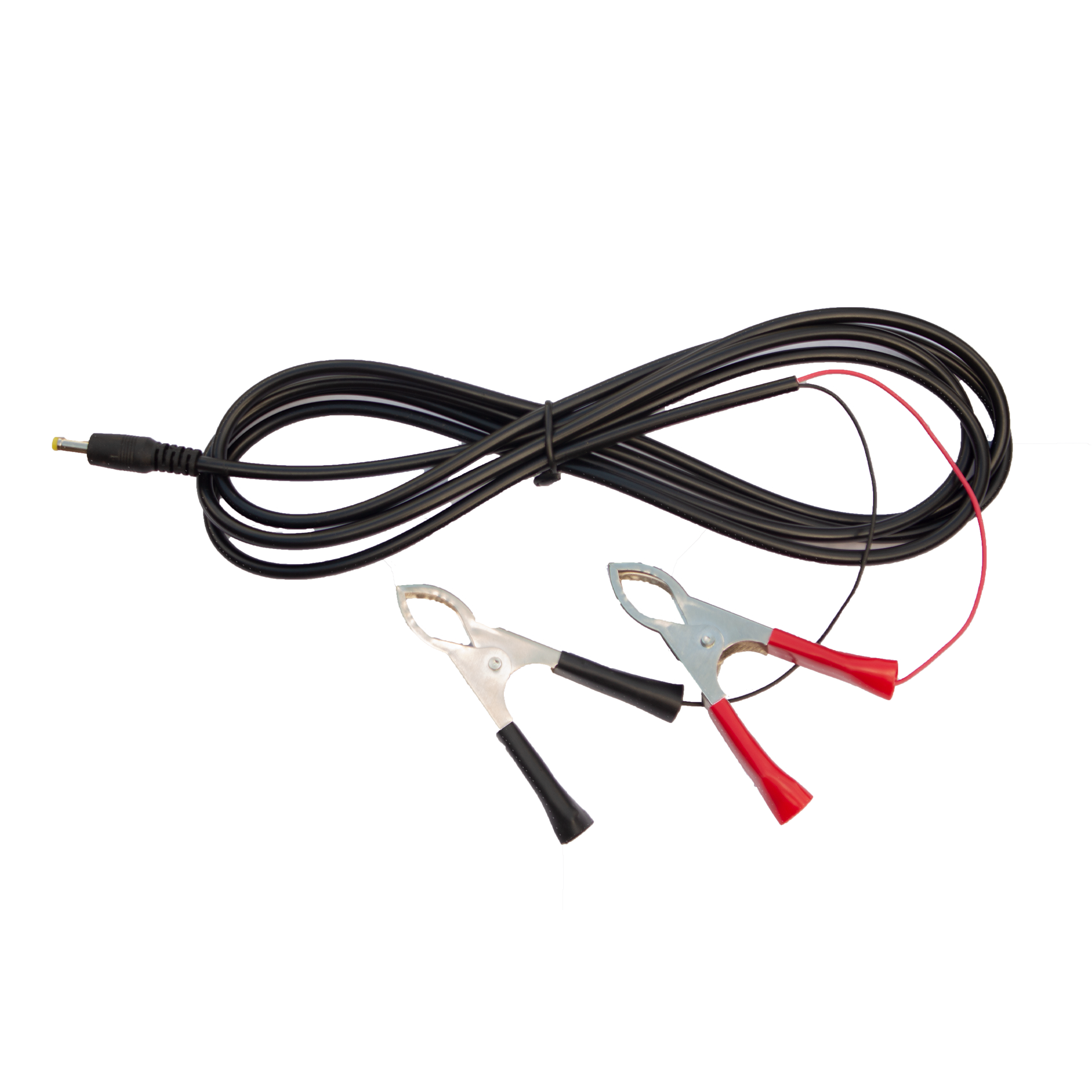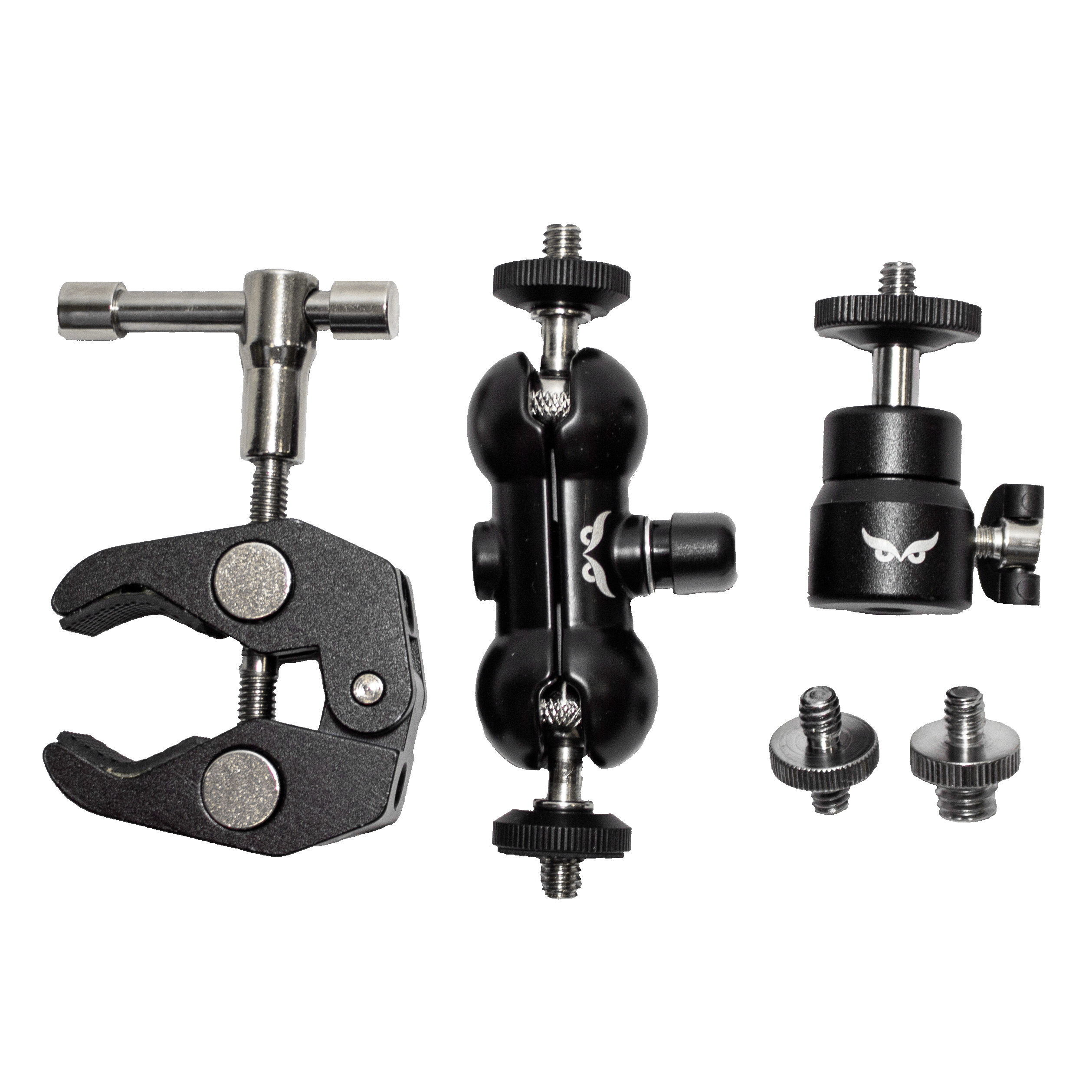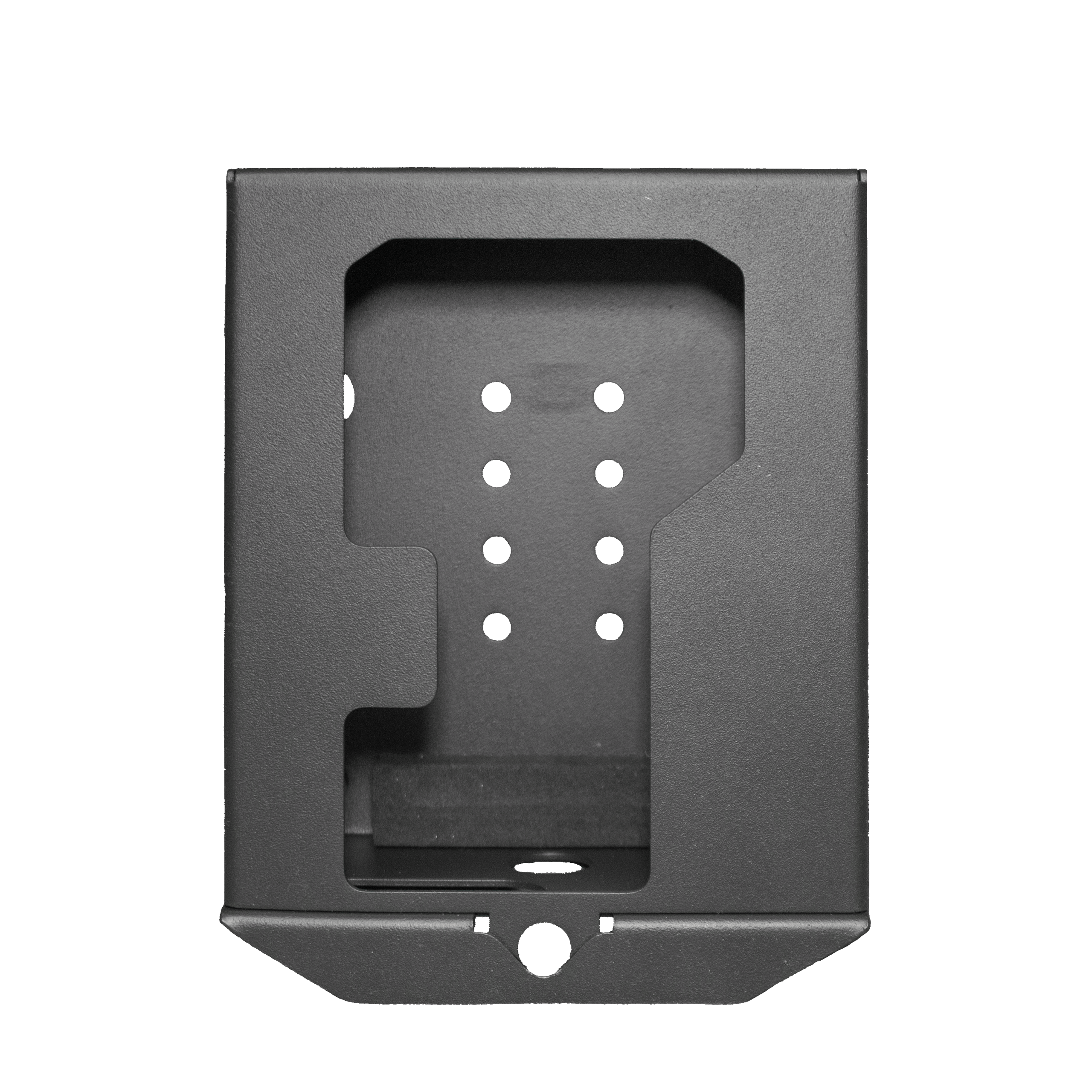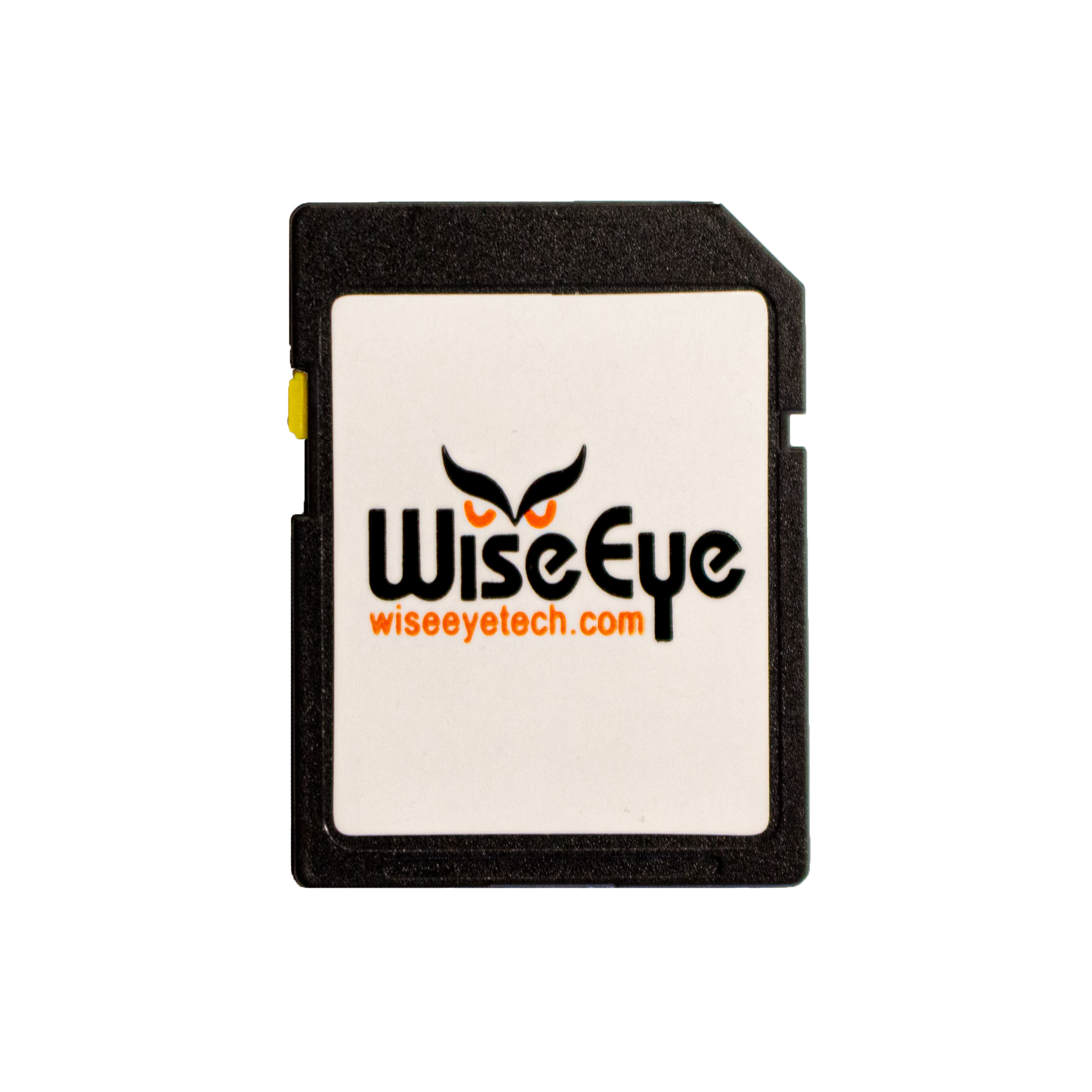Trail cameras are essential tools for hunters, allowing them to observe wildlife, monitor game patterns, and gather important data without disturbing the environment. However, with so many options available, finding a budget-friendly trail camera that offers the right balance of features and performance can be challenging. In this guide, we’ll explore the key factors you should consider when looking for an affordable yet reliable trail camera.
1. Image Quality: Finding the Right Balance
When evaluating trail cameras, image quality is often one of the first considerations. Many budget-friendly options offer lower resolution, which can be fine for monitoring general wildlife movement but may not capture fine details.
Resolution
Look for cameras with at least 8 to 12 megapixels. This range typically provides clear enough images for identifying game animals and monitoring their activities. Higher-end cameras can offer up to 20 megapixels, but unless you’re prioritizing sharp image quality for other purposes, such as wildlife photography, mid-range resolution will suffice.
Day and Night Performance
Most budget-friendly trail camera use infrared (IR) sensors for night vision. Consider cameras that offer “no-glow” or “low-glow” infrared to avoid spooking animals while still capturing clear nighttime images. Test footage from various cameras often shows that budget models can deliver satisfactory results, even in low light, provided they have a good sensor and IR system.
2. Trigger Speed and Recovery Time: Don’t Miss a Shot
Trigger speed refers to how quickly the camera captures a photo after detecting motion. Split seconds count in the hunting world. Most hunters prefer a trigger speed of 0.5 to 1 second to avoid missing fast-moving game as it passes by the camera.
Recovery time is the period a camera takes before it’s ready to take another picture. Faster recovery times mean you can capture multiple images of moving animals in quick succession. This feature is especially important if you’re monitoring areas with high traffic, where animals may pass the camera frequently.
3. Battery Life: Maximize Time in the Field
A budget-friendly trail camera should have excellent battery life, allowing it to function for extended periods without needing frequent battery changes. This is particularly important if you’re setting up the camera in a remote area.
Look for cameras that run on AA or rechargeable lithium batteries. These are cost-effective and widely available. You’ll also want a camera with a power-saving mode to extend the battery life further, especially if you’re leaving the camera out for weeks or months at a time.
Studies have shown that battery efficiency can be improved by up to 30% in trail cameras with well-optimized software, which means selecting a camera with efficient power management could save you on both cost and maintenance effort.
4. Detection Range: Cover More Ground
A budget-friendly trail camera’s detection range refers to how far away it can detect motion and trigger the camera. The longer the detection range, the wider the area it can cover, giving you more opportunities to capture images of passing wildlife.
For most hunting needs, a detection range of 50 to 80 feet is sufficient. Budget-friendly models often offer ranges within this area, but be wary of cameras that promise ultra-long detection distances at lower prices — they may sacrifice quality in other areas like accuracy or trigger speed.
5. Storage and Data Management: Keep Your Files Organized
Storage capacity is another critical factor when choosing a trail camera, especially if you plan to leave it in the field for extended periods. The last thing you want is a camera that fills up its memory too quickly, missing crucial moments.
SD Card Compatibility
Ensure the camera you choose supports SD cards with a decent capacity, ideally up to 32GB or more. Some budget-friendly cameras come with built-in storage limits, so it’s important to check if you can expand the storage with an SD card.
Photo and Video Options
Some cameras offer both photo and video modes. Video footage can provide valuable insights into animal behavior, but it also consumes more storage space. If this is a feature you need, make sure the camera’s memory and battery life can support longer recording sessions.
6. Weather Resistance: Built to Withstand the Outdoors
A trail camera’s durability is crucial, particularly for hunters who place their cameras in harsh outdoor environments. Rain, snow, dust, and extreme temperatures can all take a toll on the performance of a camera.
IP Ratings
Check for a camera’s IP (Ingress Protection) rating. This rating tells you how resistant it is to dust and water. A rating of IP66 or higher is ideal for trail cameras, meaning it’s dust-tight and can handle strong water jets, making it perfect for outdoor use in various weather conditions.
Temperature Tolerance
Consider cameras that are built to function in extreme temperatures. If you’re hunting in colder climates, ensure the camera can handle sub-zero temperatures without the battery draining too quickly.
7. Price vs. Performance: Getting the Best Value of a Budget-Friendly Trail Camera
While it’s tempting to opt for the cheapest option, a trail camera is an investment in your hunting success. Strike a balance between price and performance by identifying the features most critical to your needs.
Some budget cameras come with barebones features, but others pack in extras like time-lapse modes, multi-shot capabilities, and advanced motion detection without inflating the price significantly. Be sure to review the specifications and user feedback to ensure you’re getting the best value.
Conclusion
Choosing the right budget-friendly trail camera comes down to understanding your priorities. Whether it’s image quality, battery life, detection range, or durability, each factor plays a vital role in making sure your camera helps you track wildlife effectively. For hunters looking to optimize their time in the field, investing in the right equipment is key.
By balancing features and cost, you can find a trail camera that meets your needs without overspending. Remember that even among budget options, you can still enjoy excellent performance as long as you carefully evaluate the features that matter most to you.
Ready to take your dog training to the next level?
Visit HuntEmUp today to explore our wide selection of top-quality hunting and dog training products!
Whether you’re a seasoned hunter or just getting started, we have everything you need to succeed in the field. Don’t miss out – equip yourself with the best, and take your hunting game to the next level!
